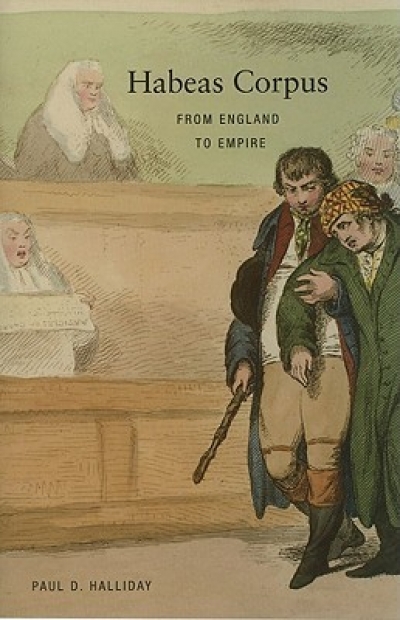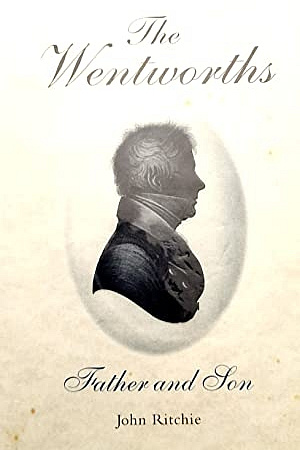Habeas Corpus: From England to Empire
Harvard University Press, $54.95 hb, 511 pp
The vigilance of persistent judges
In the days when every Australian law student studied legal history, one of the famous cases we were taught was about James Somerset. Taken from Africa, probably in his early teens, Somerset, in 1749, was by the laws of Virginia made a chattel of his master, Charles Steuart. Twenty years later, Steuart took Somerset to England, where he continued to serve as a slave for two years until, in October 1771, he fled his bondage. Steuart had Somerset seized and put on board a ship bound for Jamaica, there to be sold in the slave markets. Abolitionists rushed to the King’s Bench in London, where they obtained a writ of habeas corpus. This required the ship’s captain to bring Somerset to court with a justification for his detention. Fortunately, the presiding judge was Lord Mansfield, who declared that slavery did not exist in England. He uttered the famous order: ‘Let the black go free.’ The law of England was too pure and no slave could live in it. Habeas corpus was the remedy.
Continue reading for only $10 per month. Subscribe and gain full access to Australian Book Review. Already a subscriber? Sign in. If you need assistance, feel free to contact us.









